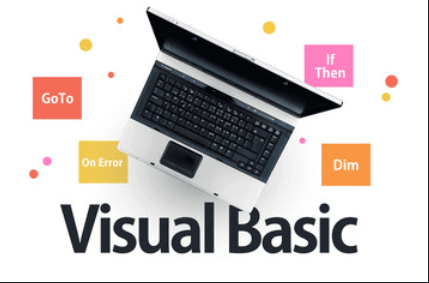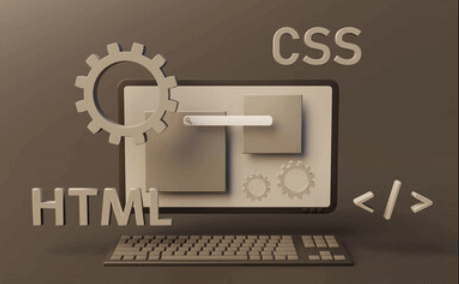Question
a.
Requirements elicitation, Requirements specification, Requirements control, Requirements constraints
b.
Requirements elicitation, Requirements specification, Project planning, Design techniques
c.
Requirements elicitation, Requirements specification, Requirements validation and verification, Requirements negotiation
d.
None of the above
Posted under Software Engineering
Engage with the Community - Add Your Comment
Confused About the Answer? Ask for Details Here.
Know the Explanation? Add it Here.
Q. What are the four processes in requirements engineering according to Sommerville (2005)?
Similar Questions
Discover Related MCQs
Q. What is the purpose of a requirements specification document?
View solution
Q. What is the goal of the requirements validation and verification process?
View solution
Q. What is the main purpose of the requirements negotiation process?
View solution
Q. In what stage of the requirements engineering process is design and implementation typically included?
View solution
Q. What is the main focus of the requirements engineering process?
View solution
Q. What is the role of the requirements analyst in the requirements elicitation process?
View solution
Q. What are some common techniques used for specifying requirements?
View solution
Q. What is the role of the central repository in requirements engineering?
View solution
Q. The primary goal of the requirements engineering phase is to:
View solution
Q. The part of reality that we are interested in during requirements engineering is referred to as:
View solution
Q. The model constructed during the requirements engineering phase is:
View solution
Q. The adjective 'explicit' in the phrase 'explicit conceptual model' means that the model should:
View solution
Q. One of the persistent problems of requirements analysis is:
View solution
Q. What are the two sets of system users in a library system that are not disjoint?
View solution
Q. What is the implicit conceptual model?
View solution
Q. What are the two types of problems that arise during conceptual modeling?
View solution
Q. What is the problem to be addressed by the automated system?
View solution
Q. What is the main challenge that the analyst faces when working on large projects?
View solution
Q. What is an implicit conceptual model?
View solution
Q. What is the capacity of short-term memory?
View solution
Suggested Topics
Are you eager to expand your knowledge beyond Software Engineering? We've curated a selection of related categories that you might find intriguing.
Click on the categories below to discover a wealth of MCQs and enrich your understanding of Computer Science. Happy exploring!








